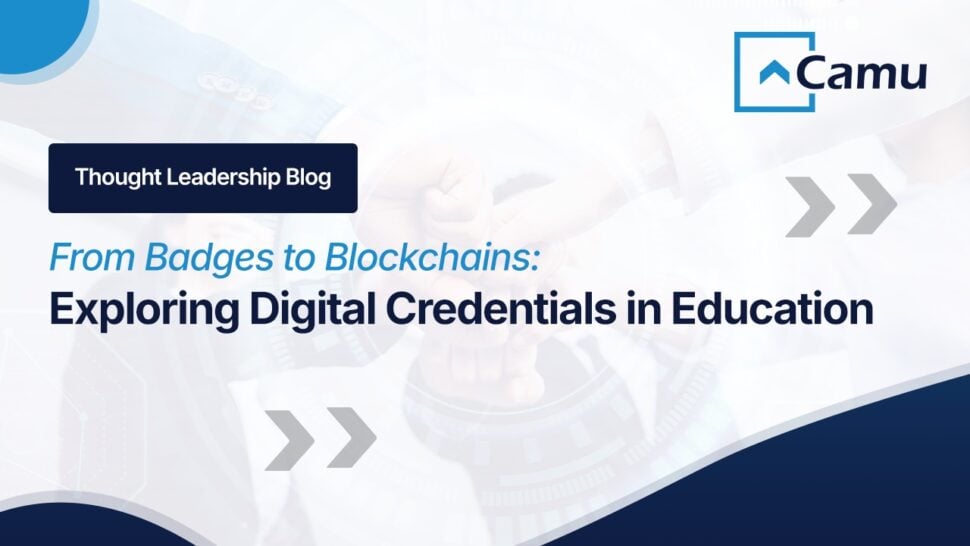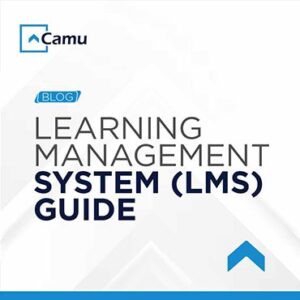
From Badges to Blockchains: Exploring Digital Credentials in Education
The Emerging Future of Education Verification
The traditional parchment diploma is fading into the background as education enters the digital age. Today, achievements are increasingly represented by digital credentials – secure, verifiable records of skills and knowledge. From micro-credentials highlighting specific competencies to full-fledged digital degrees, these electronic testimonials are reshaping how we validate and share educational accomplishments.
Why the shift? Digital credentials offer unparalleled convenience, security, and flexibility. They can be instantly shared, verified, and recognized across global platforms. As learners and employers navigate an increasingly interconnected world, these credentials become essential tools for unlocking opportunities and demonstrating proficiency.
This article explores the world of digital credentials, uncovering their potential to revolutionize education and career advancement.
A Game-Changer for Education
Digital credentials offer a quantum leap over traditional paper certificates. Their benefits are far-reaching:
- Unbreakable Security: Built with cutting-edge encryption, digital credentials are virtually impossible to forge or tamper with. This ensures the absolute integrity of academic records.
- Lifelong Access: Unlike physical documents, digital credentials are stored securely online, accessible anytime, anywhere. No more lost or damaged certificates.
- Instant Authentication: Institutions and employers can swiftly authenticate the credentials with a few clicks, speeding up hiring and admissions processes.
- Personal Branding: Digital credentials can be easily shared across social platforms, showcasing skills and achievements to a wider audience.
- Learning Gamified: Badges and micro-credentials make learning engaging and rewarding, motivating students to achieve more.
In essence, digital credentials provide a secure, accessible, and shareable way to validate skills and accomplishments, transforming how we recognize and leverage educational achievements.
A Variety of Formats
Digital credentials take on various forms, each with a distinct purpose:
- Digital Badges: Digital badges are for visually depicting a specific skill, accomplishment, or knowledge area. Think of them as digital stickers for smaller achievements or milestones within a larger educational or training program.
- Digital Certificates: The digital equivalent of traditional paper certificates, digital certificates validate the completion of courses, programs, or degrees. They carry significant weight in the eyes of employers and academic institutions. Reputed digital campus platforms like Camu Unified SIS-LMS enable the issuing of digital certificates.
- Digital Credits: Representing units of learning, digital credits can be accumulated and used toward the completion of a degree or certification. They allow learners to manage their learning paths, and build qualifications over time choosing from a variety of courses and programs.
By understanding these different types, learners, institutions, and employers can effectively leverage digital credentials to showcase and validate a wide range of achievements.
Empowering Choice: Digital Credits and CBCS
The Choice-Based Credit System (CBCS), such as the one facilitated by Camu, has transformed higher education, offering students unparalleled flexibility. Digital credits are the perfect fuel for this model.
Digital credits can be earned from different sources—traditional classroom courses, online programs, internships, or industry certifications—and can be easily transferred between institutions, even internationally. This flexibility supports a more individualized and modular educational model, enabling students to adapt their learning experience to their individual needs and career aspirations.
By digitizing credits, CBCS can become more efficient, and attuned to the dynamic needs of learners. Both students and institutions stand to gain from this.
The Digital Credential Registry: A New Era of Authentication
As digital credentials proliferate, secure and accessible storage becomes essential. Enter the digital credential registry: a centralized platform safeguarding and managing academic achievements. These registries are the vaults of the digital age, protecting the integrity and portability of your educational journey.
Credentials are locked away with tamperproof security in the registry. While learners can effortlessly share their credentials, employers and institutions can quickly verify them, ensuring authenticity.
India’s Academic Bank of Credits (ABC) is a prime example of a digital credential registry in action. This national platform stores academic credits, making it easy for students to transfer between institutions and build their educational paths flexibly. Camu is now ABC compliant.
While challenges like data security and standardization exist, the potential of digital credential registries is immense. They are transforming how we validate and share educational accomplishments, paving the way for a more connected and efficient academic ecosystem.
Use of Blockchain for Academic Credentials
Blockchain technology, renowned for its role in cryptocurrencies, is reshaping various industries, including education. Its distributed and open nature is ideally suited to transform the management of academic credentials.
Blockchain is a decentralized record-keeping system that keeps track of transactions across a network of computers. In the realm of education, each credential issued is captured as a transaction on the blockchain. Once recorded, this information is immutable, ensuring the credential’s authenticity and security. Blockchain’s decentralized nature safeguards credentials from tampering, forgery, or deletion.
Many institutions, like MIT with its Digital Diploma Initiative, and platforms like Blockcerts and Learning Machine, are pioneering blockchain applications in education. However, challenges such as technological acceptance, data privacy, and interoperability need to be tackled for broader adoption.
Realizing the Potential of Digital Credentials
The transition from paper-based to digital credentials signifies a pivotal shift in the landscape of education. Digital credentials offer numerous advantages, including enhanced security, verifiability, and student mobility. Leveraging technologies like blockchain can lead institutions to a system that offers greater openness, efficiency, and security for managing academic records.
However, overcoming data security challenges, ensuring interoperability, and bridging the digital divide are essential to fully harness the potential of digital credentials. It is imperative for educational institutions, governments, and industry stakeholders to collaborate in developing robust frameworks and standards to overcome these obstacles and ensure a more equitable and future-oriented credentialing system.






